Sleeping After Knee Replacement – 3 Best Positions
Finding a comfortable sleeping position after a knee replacement can be challenging. The most common advice is to sleep flat on your back with your surgical knee straight and elevated above your heart.
To achieve this, many surgeons recommend propping a pillow under your heel or using a straight wedge pillow under the surgical leg. But what about those of you who can’t sleep on your back due to other medical conditions?
What should you do?
1. Sleeping on your back
Why is sleeping on your back the most common recommendation?
Pros:
🟢 Sleeping on your back allows you to position your surgical knee in full extension.
🟢 It also enables you to elevate the surgical leg above the level of your heart to reduce swelling.
Cons:
🔴 Many individuals who have undergone a total knee replacement also suffer from low back pain associated with spinal stenosis and are unable to sleep flat on their back.
🔴 Neck pain is a common complaint for those who aren’t used to sleeping flat on their back.
Recommendations:
If your knee range of motion is improving along expected guidelines and you’re not experiencing significant swelling, consider sleeping in any position that is most comfortable for you.
2. Is it safe to sleep on my side after knee replacement?
Yes, side sleeping positions are safe and sometimes recommended after knee replacement surgery. If your knee range of motion is within the expected normal degrees based on the time since surgery, then you are encouraged to sleep in any position that provides you the best restorative sleep.
Two side sleeping positions:
- With your surgical knee down on the mattress. In this position, the bed contours to your leg. Try to keep your knee straight while sleeping on this side.
- With your surgical knee on top. In this position, you may use pillows to support the surgical leg and keep your knee above the level of your hip. This position makes it harder to keep the knee fully extended, but if your knee range of motion is within normal limits, your goal is simply to sleep well.
3. Is it safe to sleep on my stomach after knee replacement?
Yes, sleeping on your stomach, also known as prone, is both safe and an effective way to improve knee extension. The primary difference between sleeping on your stomach versus sleeping on your back with your leg propped is that the prone position will not reduce swelling. If you’ve always slept on your stomach or partially turned toward your stomach, you should be fine to return to that sleeping position.
Some patients may be concerned about the incision. If you experience significant sensitivity over the incision, there are strategies to reduce this sensitivity, but any danger in allowing the knee to rest incision down on the mattress.
Where do you put a pillow after knee surgery?
When sleeping in the supine (on your back) position, place one to three pillows under your surgical leg while attempting to keep your knee straight.
In the video below, you can see how to arrange pillows under the surgical leg to reduce swelling and position the knee comfortably:
You may also choose to use a wedge pillow if it is easier. You can find a great selection of wedge pillows on Amazon by clicking this link.
Frequently Asked Questions
-
How long should I keep my leg elevated after knee replacement surgery?
It is generally recommended to elevate your surgical leg above the level of your heart for the first few days after surgery, especially when you’re resting or sleeping. Gradually decrease the elevation as your swelling and pain decrease. It’s important to follow your surgeon’s and physical therapist’s recommendations for your specific case.
-
When can I start sleeping without a pillow under my surgical leg?
As your knee range of motion improves and the swelling decreases, you may start to feel more comfortable sleeping without a pillow under your leg. It’s essential to listen to your body and follow the guidance of your surgeon and physical therapist, who can provide personalized advice based on your recovery progress.
-
Can I use a recliner for sleeping after knee replacement surgery?
Using a recliner for sleeping after knee replacement surgery can be a good option for some individuals, as it allows for easy elevation and support of the surgical leg. However, it’s important to ensure that your knee is still in a comfortable, extended position while using a recliner. Consult with your surgeon or physical therapist for recommendations tailored to your specific situation.
About the Author -
Anthony Maritato, PT has been a licensed physical therapist since 2006. He specializes in post surgical care and rehabilitation of total knee replacement and rotator cuff repair surgery.
Mr. Maritato is also nationally recognized as a therapist educator teaching courses related to Medicare reimbursement, contracting, and documentation.
Total Therapy Solutions LLC is Tony's primary practice which he owns with his wife Kathy who is also a licensed physical therapist.
More Blog Posts …
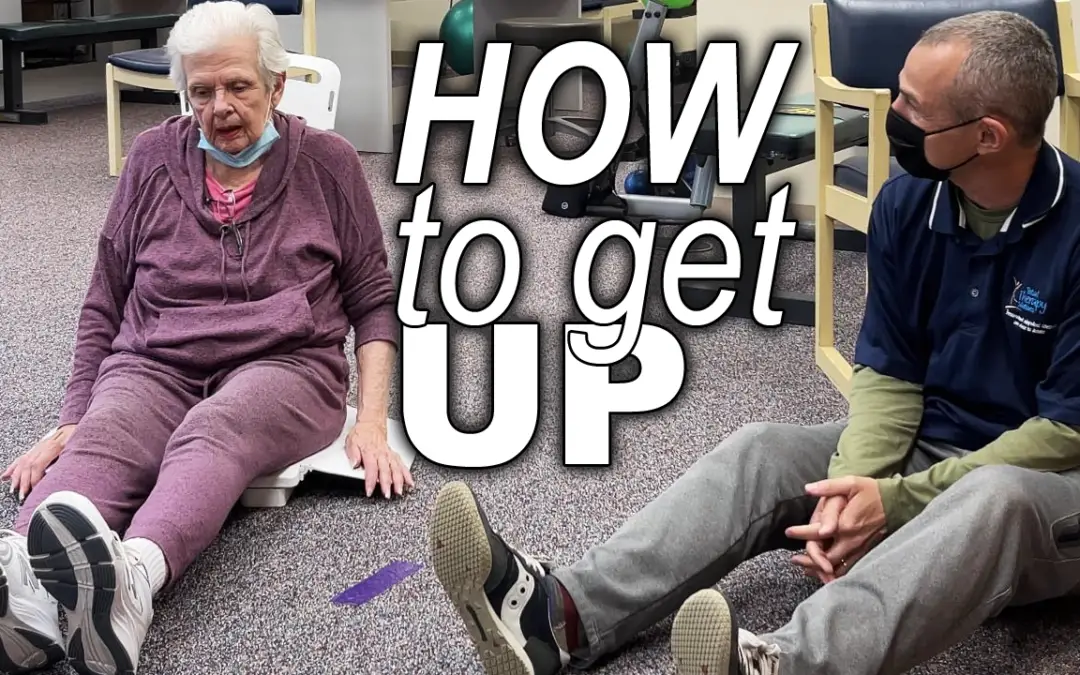
Top 3 Devices To Help Get An Elderly Person Up From The Floor
3 Best Devices in 2021 To Help An Elderly Person UP from the Floor After a Fall. Under $100, Under $1,000, and Over $2,000

Lymphedema LIVE Class Registration
WHAT: In this LIVE class you will learn what you can do to manage swelling, reduce pain, and improve healing after a total knee replacement surgery. Dr. Andrea Leifer, PT, CLT-LANA is a lymphedema expert and educator. WHEN: March 31, 2021 at 3PM EST WHERE: Online Zoom...
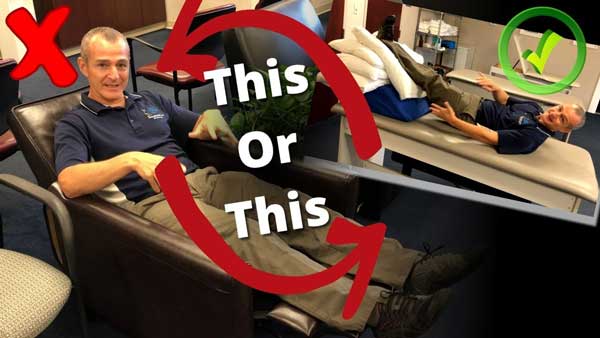
10 Questions About Leg Elevation After Knee Surgery
Physical Therapist Anthony Maritato, PT Recommends the 3 BEST leg elevation pillows after knee replacement surgery | 10 Common Questions Patients Ask
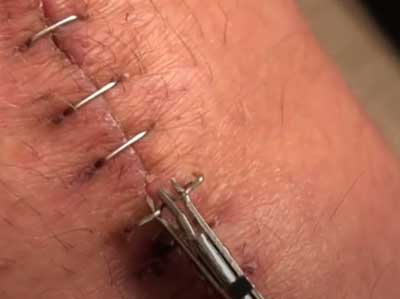
Does It Hurt To Have Staples Removed After Knee Replacement Surgery
Removing Staples After Knee Replacement Surgery Staple removal is often painless and quick. In the following video a person removes his staples at home, but it is always recommended you allow your physician or surgical team remove the staples in their office.Why Are...
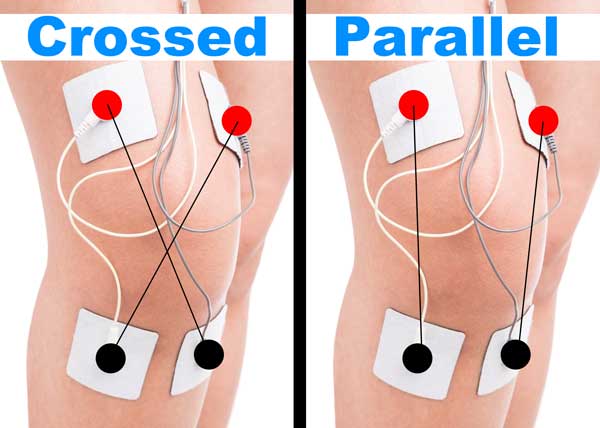
BEST Tens Placement for Knee Pain
Is TENS a Good Way to Reduce Knee Pain? Transcutaneous Electrical Nerve Stimulation (TENS) is a non-invasive, drug-free method for pain relief that has been widely used to manage various types of pain, including knee pain. TENS therapy involves sending low-voltage...
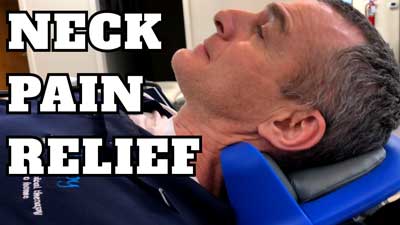
How many times a day can you do Neck Traction
Neck (cervical) traction is most commonly prescribed in 10 to 20 minute episodes. In this article I share the BEST positions to use cervical traction and what you NEED to AVOID when using it.

Which Activities Should I Avoid After Total Knee Replacement?
Click here to see a list of activities you should avoid after total knee replacement as well as a BUNCH of activities you may ENJOY.

Why Does my Knee Replacement Make Noise?
Would you like to know why your knee replacement makes noise? Is it a grinding? Is it a clicking? Or is it a popping? Snap, crackle, pop may be common after a total knee replacement. Read on to learn why-

How long should I ICE my knee after knee replacement?
Icing after a total knee replacement should be performed for between 10 and 20-minutes. If icing is painful then consider using heat instead. Explore myths about icing in this article.
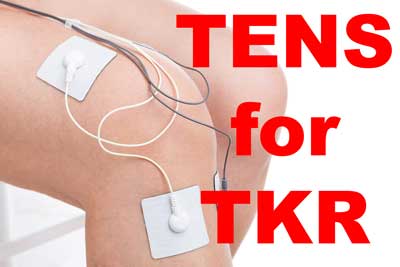
Is tens SAFE to use for knee pain?
Have you been wondering if a TENS unit could reduce knee pain associated with arthritis? A TENS unit may be a great drug free way to reduce pain following a total knee replacement. In this article we will discuss how and when to use a TENS unit for drug free pain relief of knee pain.
